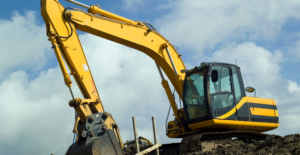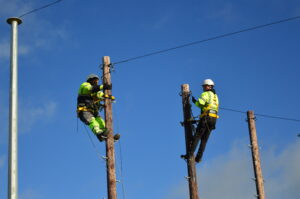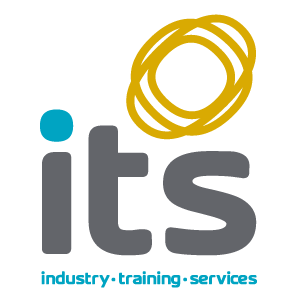There are many roles that involve working at height, either occasionally or on a daily basis. The following are just 12 examples, however, there are many more.
1. Scaffolder
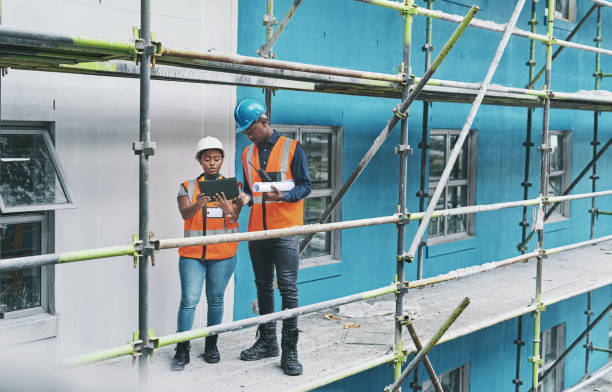
Scaffolders work at height on a daily basis erecting scaffolding on buildings and structures to enable other workers do their jobs safely. PASMA and System Scaffold Erection, Inspection and Dismantle courses ensures scaffolders are aware of working at height regulations, scaffold components, safe use of ladders and assembling, altering, and dismantling scaffolding and towers. To reduce hazards and follow legal regulations.
Click here to find out more about relevant training courses.
2. Telecommunications

A telecoms technician plans network installations – troubleshooting outages, preparing installation diagrams and testing circuits. Whilst some of this work is computer based, aspects of the job will involve ascending and descending communications towers so a head for heights is necessary! A Working at heights awareness course and our new SA001 Overhead safety course would be a great way to start within this industry as it would allow you to assess, plan and implement the necessary safety precautions and control measures for those working at heights even if your job is office based.
Click here to find out more about relevant training courses.
3. Joiner

Joiners construct wooden parts of a building, for example stairs, doors, frames, and desks. Joiners will regularly use ladders or other access equipment, increasing the risk of slips, trips, and falls. . Completing a Tetra course would allow joiners to develop the knowledge and skills to reduce risks and learn how to use ladders properly as well as increasing their self-rescue awareness. Joiners often lean from ladders in order to complete jobs therefore learning how to do this safely and with the correct equipment is crucial.
Click here to find out more about relevant training courses.
4. Electrician

An electrician specialises in electrical wiring of buildings, transmission lines, stationary machines, and related equipment. An electrician can specialise further in wiring of airplanes, mobile phone platforms as well as data cable lines. Work at heights is par for the course. Cables are often located overhead, therefore working with ladders and lifting equipment goes in hand with the job. As a result, falls from overstretching, and incorrect use of ladders are common problems which can result in fatal accidents. To overcome this, it is important that training is carried out, whether this is basic safe use of ladders or Tetra.
Click here to find out more about relevant training courses.
5. Plumber

Plumbers install and maintain systems used for water, sewage, and drainage in plumbing systems. Whilst many of the tasks they carry out won’t involve heights, there will be occasions when it becomes necessary. This is one of the reasons why it is important to have an awareness of heights to ensure the plumber can assess, plan, and implement the necessary safety precautions in line with the legal requirements. Completing a half day working at heights awareness course would give plumbers the knowledge required to work safely at height.
Click here to find out more about relevant training courses.
6. Construction operative
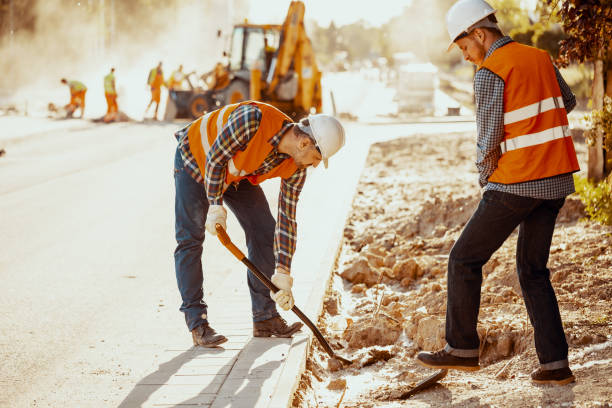
Construction operatives can be involved in various aspects of the building process such as mixing and pouring concrete, fixing scaffolding, and building frames as well as laying pavements and resurfacing roads. On-site jobs in the construction sector often involve working at height – in fact, falls from height are the largest cause of death and injury in the sector. . It is crucial for a construction operative to at least have completed a working at heights awareness course to ensure they are implementing safe working at height systems and know first aid requirements however there are more specific courses such as PASMA, IPAF, safe use of ladders or Tetra depending on what they are doing on the site.
Click here to find out more about relevant training courses.
7. Alarm System Technician
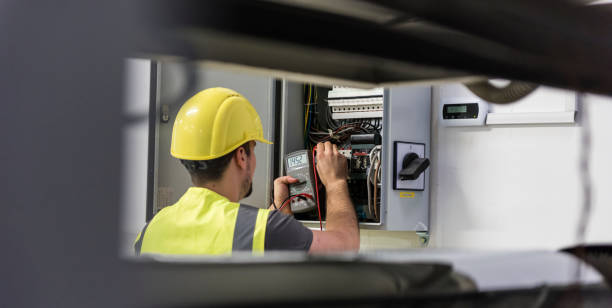
Alarm systems technicians maintain and install fire and security alarm systems in people’s homes and businesses. They often test systems to locate connection problems and repair breakages. The latter often requires use of a ladder. A safe use of ladder course would ensure the technician is correctly erecting, positioning and meeting ladder regulations. This reduces the risk of slips and falls when using a ladder.
Click here to find out more about relevant training courses.
8. Mechanical Engineer

Mechanical engineering is a branch of engineering which deals with the design, construction, and use of machines. Some roles such as a plant fitter – someone who maintains heavy equipment such as diggers and bulldozers, will need to work at height. Diggers and bulldozers are often metres off the ground therefore ladders or step ladders are necessary to access the equipment. Therefore, basic working at height awareness is necessary. Safe use of ladders or working at heights awareness would give mechanical engineers a sound knowledge of safety regulations when working at height.
Click here to find out more about relevant training courses.
9. Commercial Window Cleaner
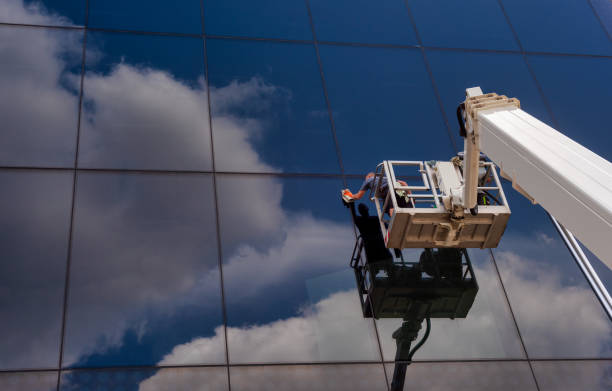
Cleans the exterior glass on commercial buildings. This can be done manually or using automation technology. On buildings such as the one illustrated, suitable fall protection equipment and training is a must! IPAF Mobile elevated platform training would benefit commercial window cleaners as it would allow them to operate Mobile Elevated Work Platforms safely and manoeuvre the machine when necessary to ensure all windows are properly cleaned and access is safe in order to reduce risks and fatalities.
Click here to find out more about relevant training courses.
10. Roofer

A Roofer constructs or repairs roofs so it goes without saying that workers in this role will requires working at heights training and suitable fall protection equipment! Both commercial and domestic roof access courses would be required to minimise the risks involved when working at height and ensure access and work is carried out safely and in line with regulations. Roofers often needed to access roofs by ladder therefore completing a Tetra Leaning & roof ladder course would allow roofers to develop existing knowledge and understand the correct method for fitting, usage & inspection of a roof ladder as well as improving their self-rescue awareness. Additionally, not all roofs are accessible via a ladder therefore scaffolding is needed. This is when roofers must complete a systems scaffold course to ensure the roofer will know the methods of erection and dismantling of basic and complex scaffolds using proprietary systems.
Click here to find out more about relevant training courses.
11. Crane Operators
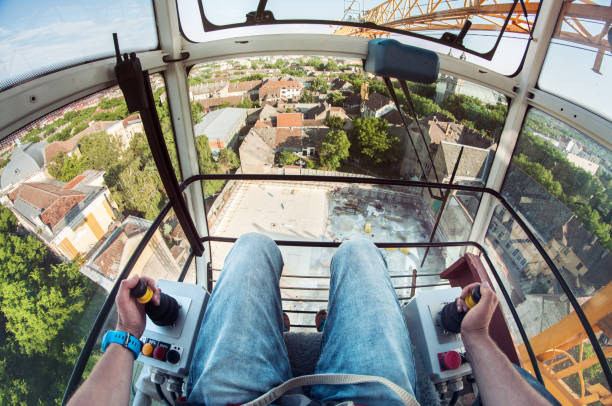
Crane operators are responsible for lifting and moving materials around a construction site as safely and efficiently as possible. Crane operators are also responsible for maintaining the cranes. This may result in working at height as they must inspect cables, pulleys, grappling devices and other parts to ensure there are no safety issues. Therefore, having completed a working at height awareness course would allow crane operators to implement safe working at heights, have an emergency rescue plan and be aware of the First Aid requirements reducing the risk when working at height for the crane operators and surrounding workers.
Click here to find out more about relevant training courses.
12. Wind Turbine Engineers

A wind turbine engineer works on a wind farm designing and supervising its layouts and systems. Wind turbine engineers are required to have an engineering degree. From time to time these engineers are required to climb wind turbines to fix problems. Thus, requiring working at heights training. Working at heights awareness and rescue from heights courses would be advised as wind turbines are large and the risk of falling is high therefore to overcome this and reduce risk training is needed to ensure the safe use of equipment and ensure safety regulations are being followed as well as how to respond if someone was to fall when attempting to access a wind turbine.
Click here to find out more about relevant training courses.
If your role involves working at height, It is essential ensure that you are adequately trained to do so because of the risks involved and legal requirements such as The Work at Height Regulations 2005.
To find out more about working at heights and what training we offer do not hesitate to get in contact with us on 028 3839 8700 or alternatively email us info@industrytrainingservices.com
Course details can be viewed here.
Additional Resources: https://www.hsa.ie/eng/Topics/Work_at_Height/ and https://www.hse.gov.uk/toolbox/height.htm


